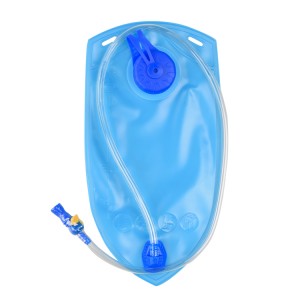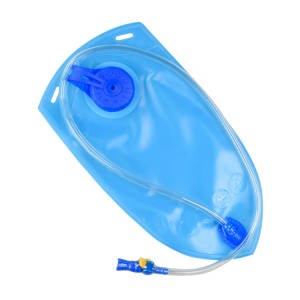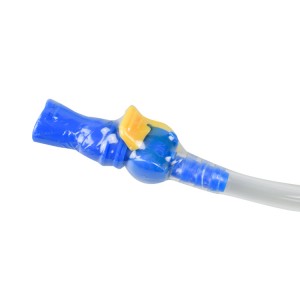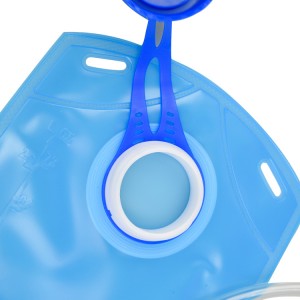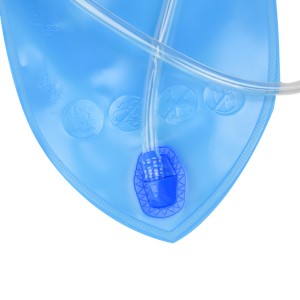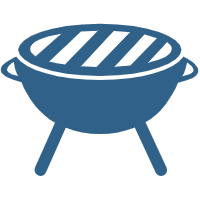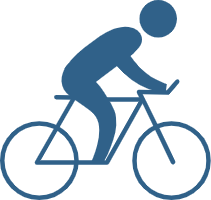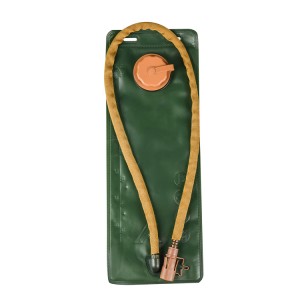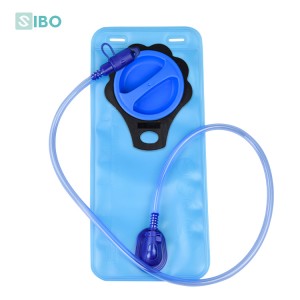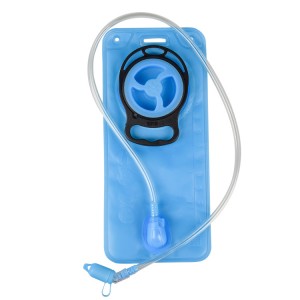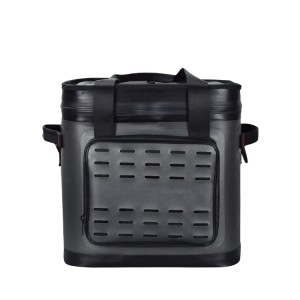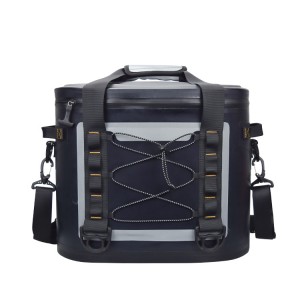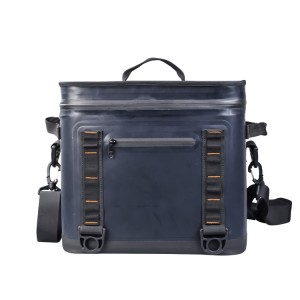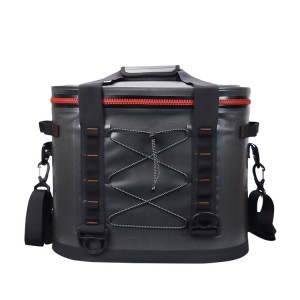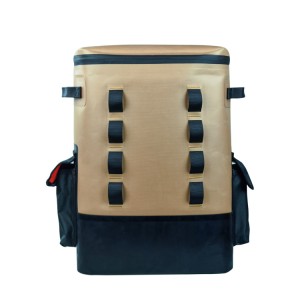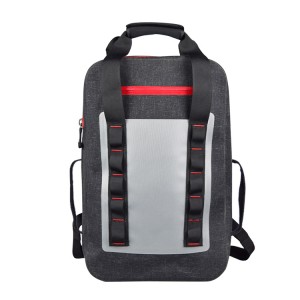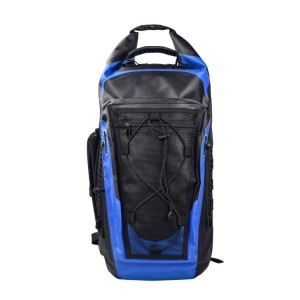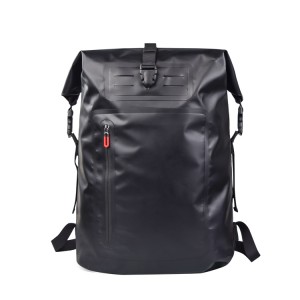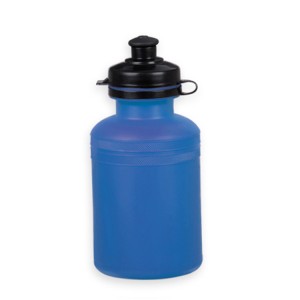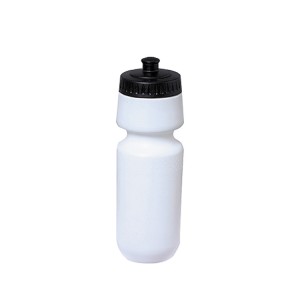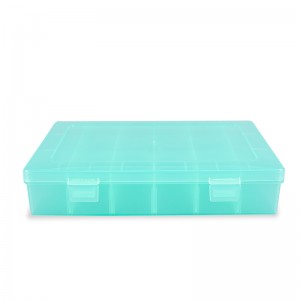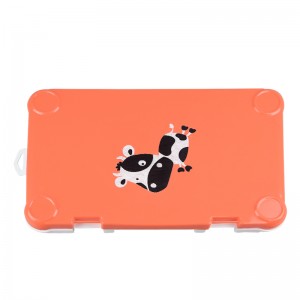osprey water bladder
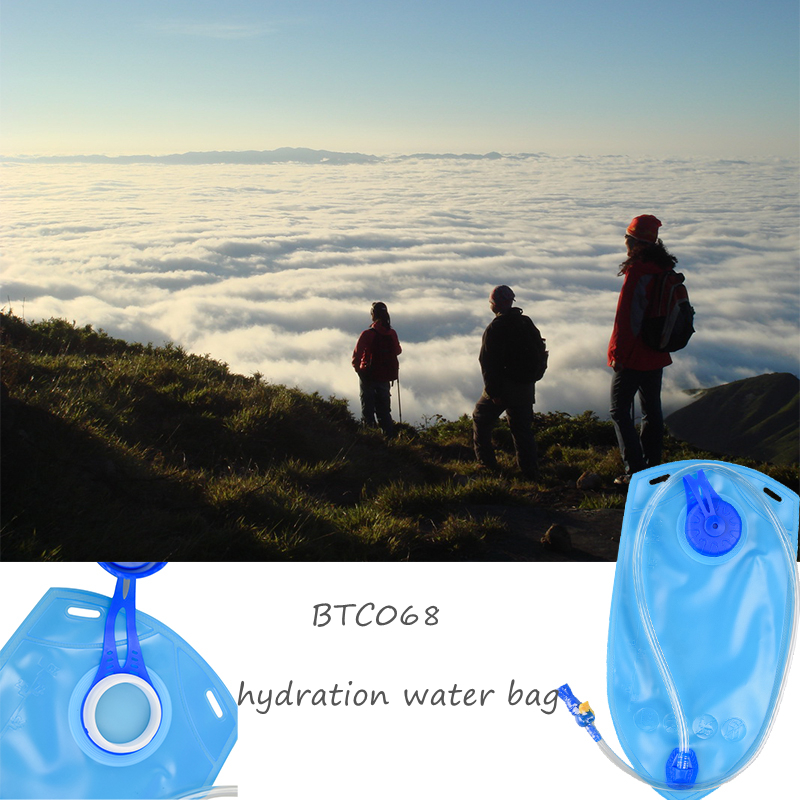
Product Specification
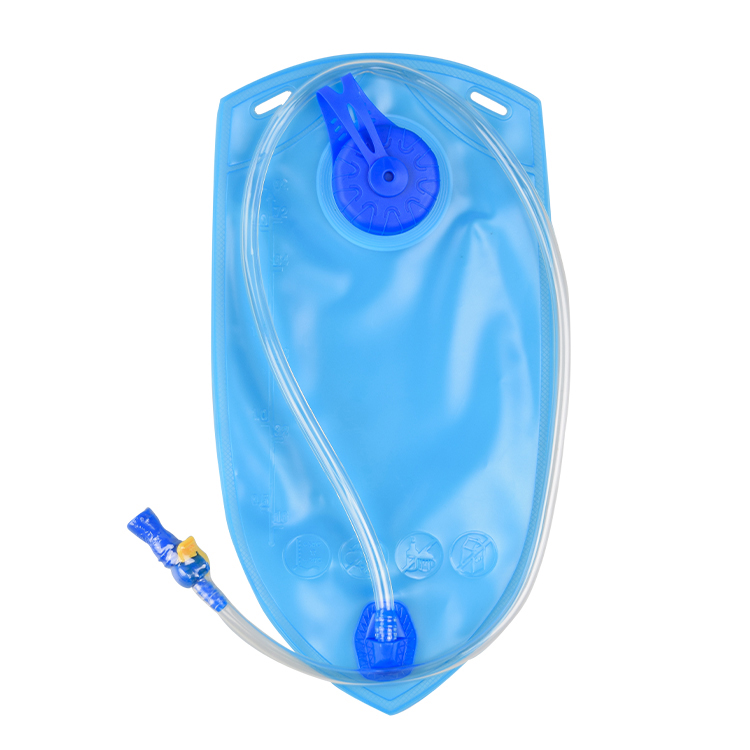
Item No: BTC068
Product name: Water bladder
Material: TPU/EVA/PEVA
Usage: Outdoor sport
Color: Customized color
Feature: Lightweight
Volume: 1L/1.5L/2L/3L
Packing: 1pc/poly bag+carton
Application: Outdoor equipment
Product Details
The edges are smooth, and the lines are smooth without cutting hands, suitable for most hydration backpacks.
The environmentally friendly material can keep the water body clean, the water body is not easy to deteriorate, and it is more hygienic.
Adopting high-tech edge sealing design, the water bag is resistant to pressure, wear, and water leakage.
Using high-quality TPU suction pipe, the water flows smoothly, and the water replenishment is more smooth.
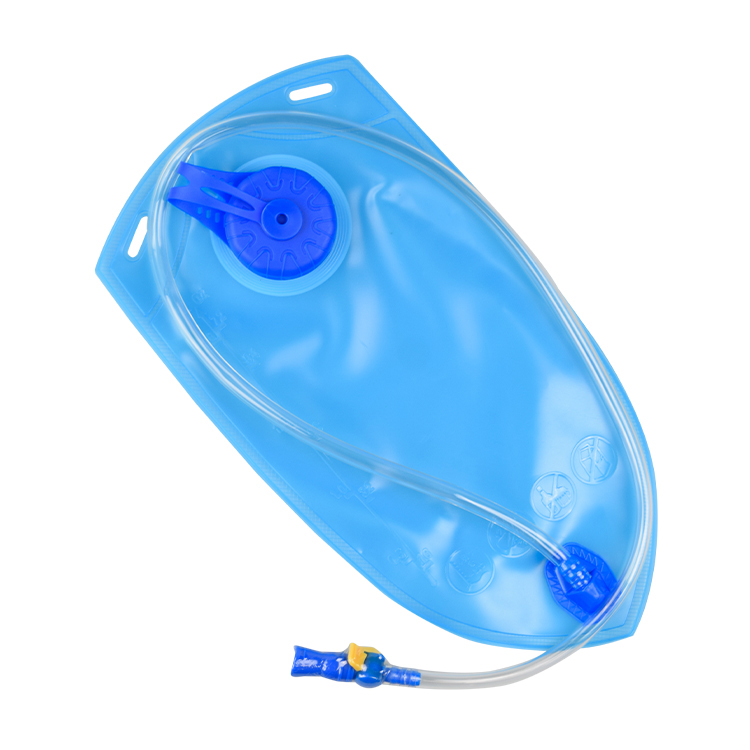
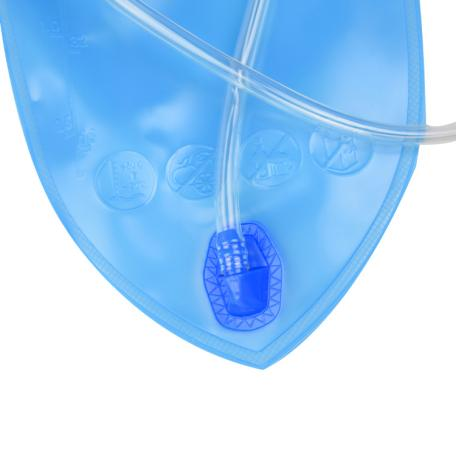
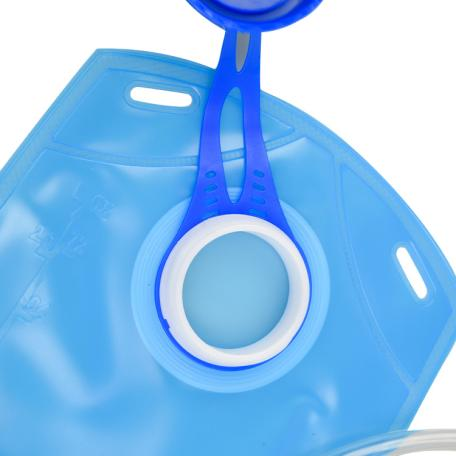
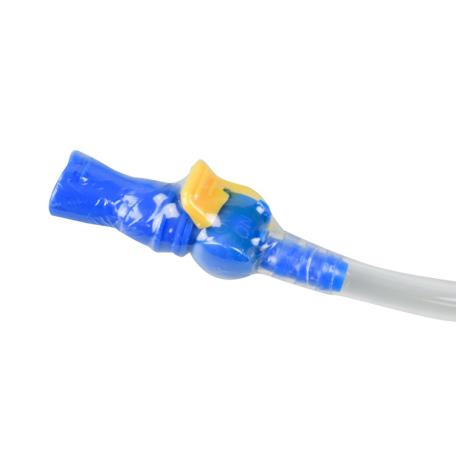
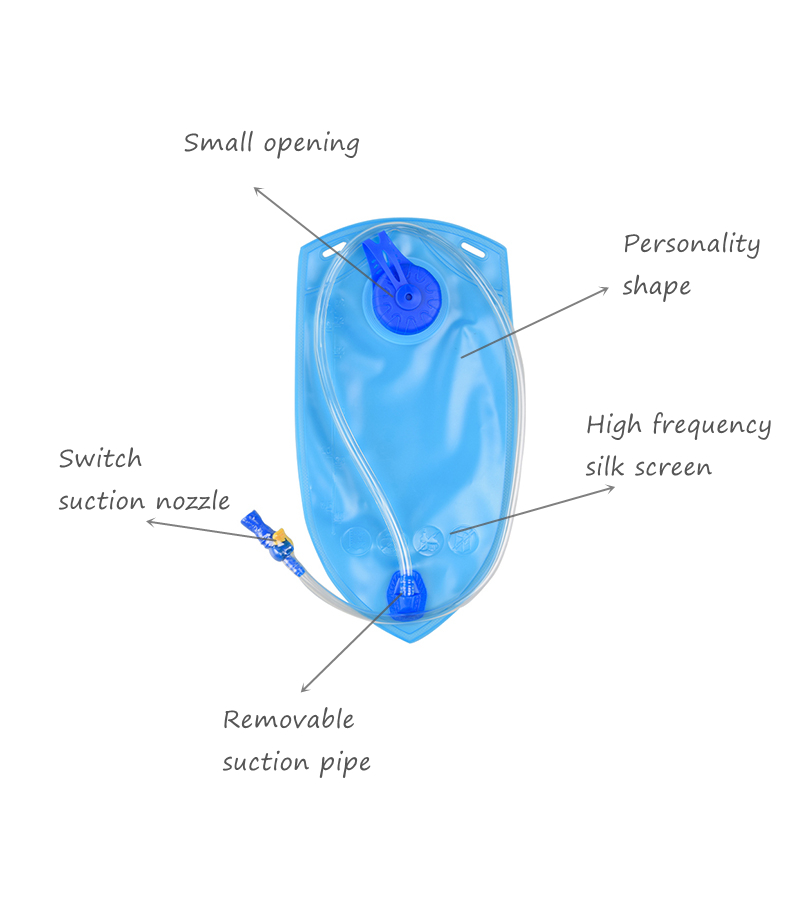
Our Service

LOGO customization

Outer packaging customization

Pattern customization

Production visualization service

E-commerce one-stop service
The meaning of outdoor sports is more than just exercise. In this process, you can experience different scenery, breathe fresh air, and experience different customs. You can completely relax yourself, forget the troubles in life, forget the pressure of work, focus on yourself, and focus on your heart.Carry a water bladder to solve your drinking water problem.Arrange a complete relaxation journey for yourself. You will find that the world is far better than you think.
How to clean and disinfect a water bladder?
Cleaning and disinfecting a water bladder is important to ensure that it is free from bacteria and other contaminants. Here is a step-by-step guide on how to clean and disinfect a water bladder:
1. Empty the bladder: First, empty the bladder completely of any remaining water. You can do this by pouring out the water or by removing the hydration tube and sucking the water out.
2. Clean the bladder: Fill the bladder halfway with warm water and add a small amount of mild soap or dishwashing liquid. Use a cleaning brush or a soft sponge to scrub the inside of the bladder, paying extra attention to the corners and the mouthpiece. For tough stains or odors, you can also add a small amount of baking soda and let it sit for a few hours before rinsing.
3. Rinse the bladder: Once you have scrubbed the inside of the bladder, empty the soapy water and refill it with clean water. Rinse the bladder thoroughly multiple times to ensure that all the soap has been washed off.
4. Disinfect the bladder: After rinsing, mix a solution of equal parts water and white vinegar. Fill the bladder with the solution and let it sit for 30 minutes. The vinegar will help kill any remaining bacteria.
5. Rinse again: After the disinfection process, rinse the bladder thoroughly with clean water several times to remove any trace of vinegar.
6. Dry the bladder: Shake out the excess water and use a clean towel to pat the bladder dry. Let it air dry completely before storing it to prevent the growth of mold or mildew.
7. Clean the hydration tube and mouthpiece: The hydration tube and the mouthpiece also need to be cleaned and disinfected. You can do this by running the cleaning solution through the tube and using a straw brush to clean the mouthpiece. Rinse both thoroughly and air dry before reattaching them to the bladder.
8. Store properly: Once the bladder is completely dry, store it in a cool and dry place. Make sure the bladder is empty and completely dry before storing to prevent bacteria growth.
It is important to regularly clean and disinfect your water bladder to keep it hygienic and safe for use. Ideally, you should clean it after every use, especially if you have used it with sugary drinks or sports drinks. If you are not using the bladder for an extended period, make sure to thoroughly clean and disinfect it before storing it to prevent bacteria growth.
What are the differences between a water bladder and a water bottle?
1. Design and Capacity: Water bladders are usually soft, flexible containers made of plastic or rubber material, often with a large opening at the top for easy filling. They can hold a large capacity of water, usually ranging from 1-3 liters. Water bottles, on the other hand, are rigid containers with a narrow opening at the top and can typically hold around 500-1000 ml of water.
2. Portability: Water bladders are compact and lightweight, making them easy to carry around in a backpack or even in your pocket. Water bottles are also portable but can be bulkier and heavier, especially if they have a larger capacity.
3. Durability: Water bladders are made from puncture-resistant material and are designed to withstand rough outdoor conditions. They are less likely to leak or break compared to water bottles, which can be fragile and may crack or shatter if dropped.
4. Versatility: Water bladders are more versatile and can be used not only for drinking but also for other purposes such as storing and transporting water for cooking and cleaning. Some water bladders even come with a hose and bite valve for easy drinking on the go. Water bottles are primarily designed for drinking purposes only.
5. Accessibility: Water bladders have a wide opening and can be easily filled with water from any source. This makes them more suitable for outdoor activities such as camping, hiking, and backpacking. Water bottles, on the other hand, require a smaller opening, making them less convenient for refilling from streams or lakes.
6. Temperature control: Water bladders are not insulated, so they don't retain temperature as well as water bottles. Bottles with insulating properties can keep your drink colder or warmer for longer periods, making them more suitable for activities in extreme weather conditions.
7. Cleaning and maintenance: Water bottles are easier to clean and maintain than water bladders. They can be disassembled and washed thoroughly, while bladders may require special tools or cleaning tablets to remove any residue or bacteria that can build up inside.
8. Cost: Water bladders tend to be more expensive than water bottles due to their larger size and more complex design. However, they may be a more cost-effective option in the long run, as they are more durable and can be reused multiple times.



